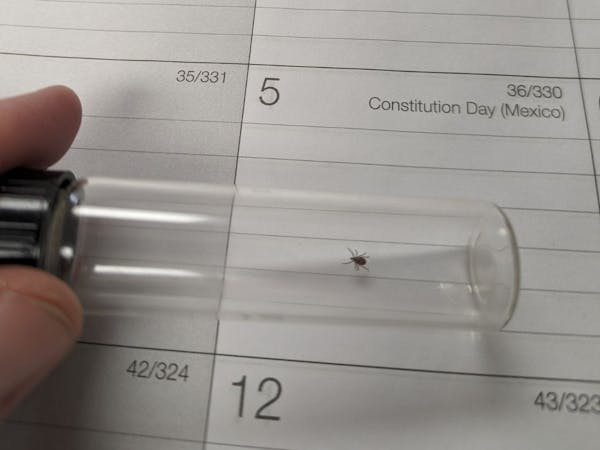Maple Grove's Fish Lake, a popular outdoors refuge for fishing, swimming, water skiing and wakeboarding, will be removed from the state's impaired waters list following years of work to reduce its phosphorus pollution.
"It's really hard to get a lake off the impaired waters list," said Brian Vlach, senior water resources manager for Three Rivers Park District.
In 2008, the Minnesota Pollution Control Agency (MPCA) listed Fish Lake as impaired for excessive nutrients. Overloaded with phosphorus, the lake developed unwanted algae blooms and was plagued by low clarity. It was not always suitable for swimming and wading.
Vlach said a study linked the problem to the lake's already-polluted floor. Far more phosphorus was lurking in the lake's sediment, he said, than was entering the lake anew from the surrounding watershed. Seasonal water movement, wind and waves would recycle the nutrients, making them available for algae to feed upon.
The fix? Crews treated the lake with alum, a nontoxic compound that settled on the bottom and formed a blanket over the sediments. Vlach said alum sequesters phosphorus so it's unavailable for algae to feed upon. After separate alum treatments in 2017 and 2019, the applications reduced the lake's phosphorus load by 1,400 pounds — far more than the required minimum of 310 pounds, he said. Average water clarity has improved from one meter to 3 meters.
There is now enough alum in the lake to meet water quality goals for another 20 years, Vlach said. When MPCA updates its statewide list of impaired waters later this year, Fish Lake won't be on it, he said.
Vlach said the action plan was carried out on a budget of $375,471, funded by a consortium of partners that included Minnesota Board of Water and Soil Resources, Three Rivers Park District, the city of Maple Grove, Hennepin County and Elm Creek Watershed Management Commission.
He noted that the phosphorus reduction didn't address another problem with the lake: invasive Eurasian watermilfoil plants. As the lake water has cleared up, increased sun penetration has triggered more plant growth, including expansion of the non-native milfoil. He said lake biologists will consider a treatment plan to control the milfoil to protect and improve native plant diversity.
According to the Department of Natural Resources, Fish Lake is one of the few metro-area lakes capable of producing northern pike longer than 34 inches. It's managed by DNR fisheries for northerns and largemouth bass. It also contains a catchable population of walleyes, stocked in odd-numbered years. The lake is 49 feet deep and is surrounded by more than 5 miles of shoreline, including a large public boat access on the south end, inside Fish Lake Regional Park.
As of November 2023, 2,798 Minnesota water bodies had been listed by MPCA for impairments. Last year, 27 listings were removed for improved water quality. The list is required by the federal Clean Water Act.
Souhan: What happened to the Suns? They're too soft and shallow
MacKinnon, Nichushkin lead 5-goal outburst in 3rd period, Avs rally for 6-2 win over Jets in Game 3

